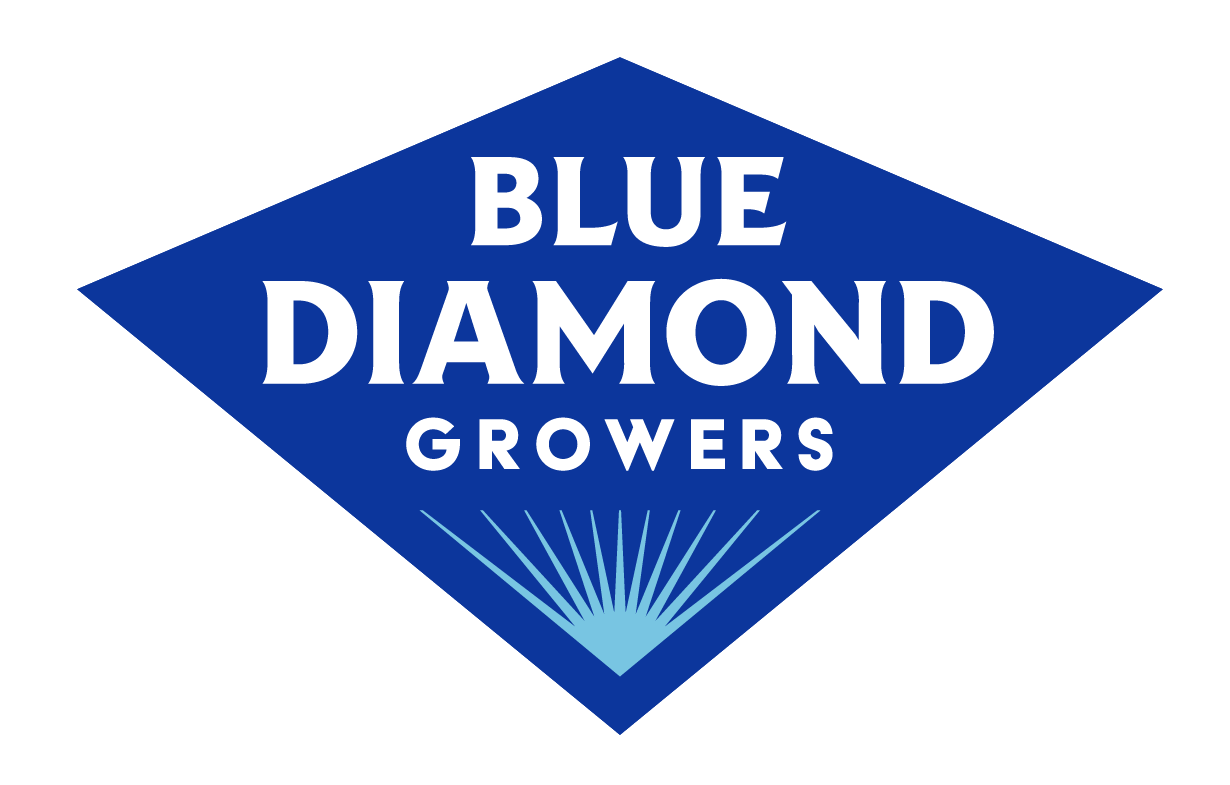Yesterday I had the privilege to address Blue Diamond’s Growers at our 2014 annual meeting. The event was covered by the Sacramento Bee….
November 20, 2014
Yesterday I had the privilege to address Blue Diamond’s Growers at our 2014 annual meeting. The event was covered by the Sacramento Bee and a feature story appeared in today’s edition. I’d like to share the following excerpt from the Bee’s article.
Concerns over California’s ongoing drought were about the only drawback at the gathering, where growers were officially informed that the cooperative amassed record annual revenue of $1.5 billion with its 2013 crop, up 25 percent from $1.2 billion the prior year.
Despite worries about the drought’s immediate and long-term effect on the state’s almond orchards, which stretch from Bakersfield to Redding, cooperative President and CEO Mark Jansen was decidedly upbeat.
“Our growers and all our people worked harder than ever to make it happen this year,” Jansen said in an interview prior to the meeting. “We’re growing at a 20 percent compounded annual growth rate … but yes, water is a concern.”
It was the third consecutive year that revenue topped $1 billion for the cooperative’s fiscal year, which ends Aug. 31. The cooperative said payments to almond growers totaled more than $1 billion, also a record and a nearly 25 percent year-over-year improvement.
In less than a decade, almonds have emerged in California as an agricultural juggernaut, a $4 billion industry and the state’s No. 1 ag export in dollar terms.
Now, however, the almond blitz is being threatened by drought. Next year’s California crop production is expected to be flat, or slightly less than last year’s harvest of about 2 billion pounds.
“We need a good winter rain this next year to begin the process of reviving almond trees,” Jansen said. Even with normal rain, he added, UC Davis research indicates that a complete revival of California’s drought-stressed almond orchards could be a three-year process.”
Water is critical to growers. Almonds require more water than most row crops, and idling orchards for a year is not an option.
For a typical almond grower, the consequences of long-term drought are potentially devastating. “Our average grower is a 50-acre family farm,” Jansen explained.
Yet Jansen believes that several factors will enable Blue Diamond and its growers to maintain its momentum.
For starters, worldwide demand for almonds continues to surge. Prices have surpassed $4 a pound even as farmers have produced more. Jansen has directed a surge into overseas markets since coming aboard in 2010. Blue Diamond products are now available in markets that include China, Japan, the United Kingdom, Australia and France, to name just a few.
In addition, Blue Diamond continues to churn out new almond-based snacks, including various Nut Thins crackers and fruit-flavored almonds. Last year alone, Blue Diamond introduced 17 new products, according to board chairman Clinton Shick. During this year’s Winter Olympic Games in Sochi, Russia, Blue Diamond marketed its products to worldwide audiences in a TV ad campaign.
Many of the new Blue Diamond products are developed at the 6,500-square-foot Almond Innovation Center opened last year at the cooperative’s sprawling complex of buildings along C Street in downtown Sacramento. Blue Diamond employs about 900 locally.
Although he didn’t cite specifics, Jansen said “more international products will be developed over the next year,” designed to appeal to different global tastes.
